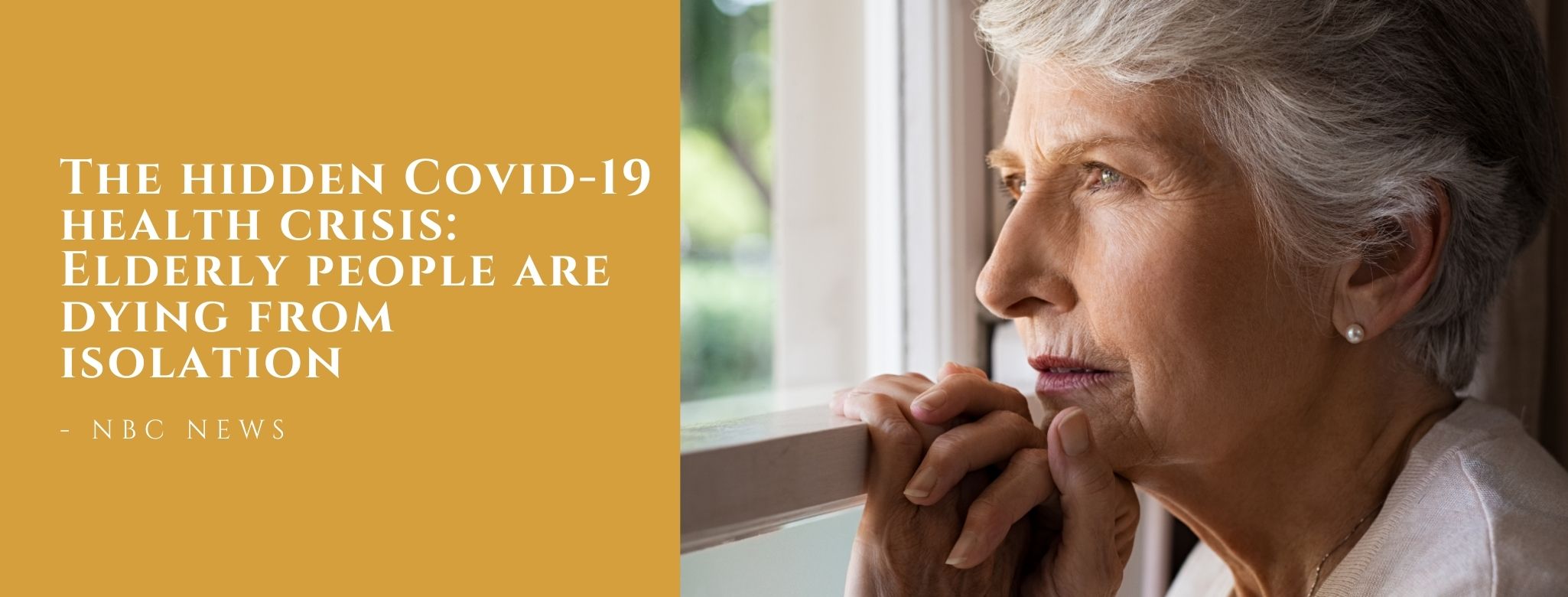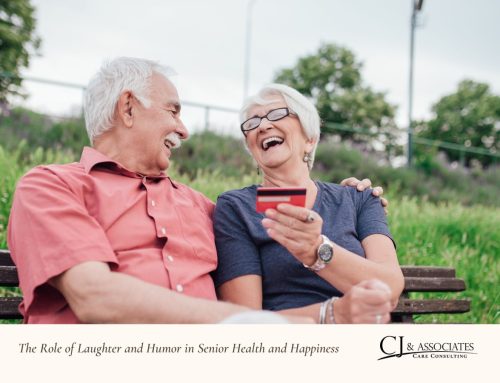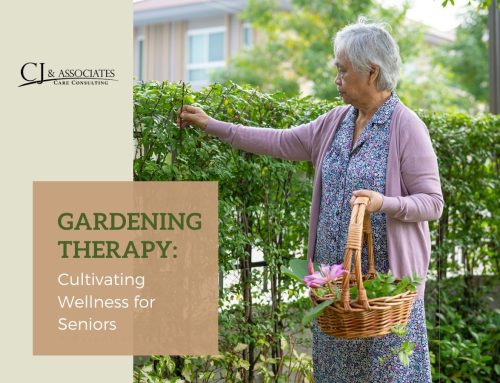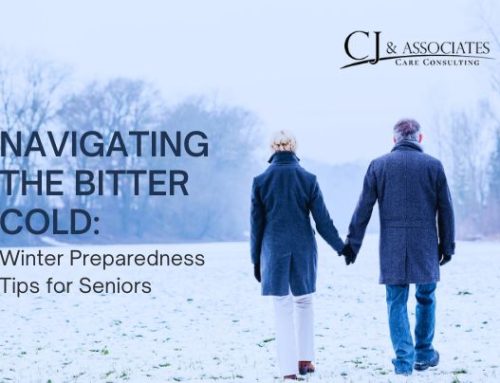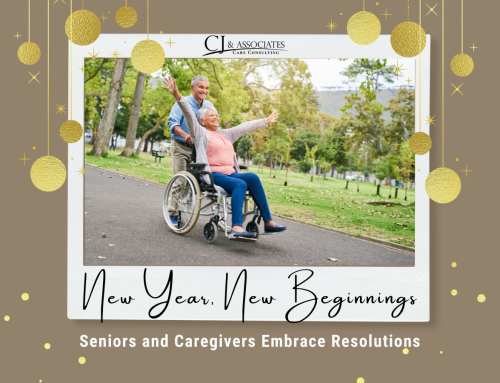There is an unseen cost of the lock-downs we have had on our seniors. The confinement meant to protect the most vulnerable is also threatening their lives.
“While there is no comprehensive tally of elderly people dying from causes linked to social isolation and confinement, evidence is mounting that restrictions related to Covid-19 are taking a toll on their health, according to a review of recent research and interviews with medical experts and dozens of families across the country. The phenomenon is far harder to track than the number of Covid-19 deaths linked to long-term care facilities — 84,000 as of early October, according to the Kaiser Family Foundation – as it is unusual to list isolation as an official cause of death. But the harms are still real, experts say.”
Get the full article here: NBC News
Isolation is Affecting People of All Ages
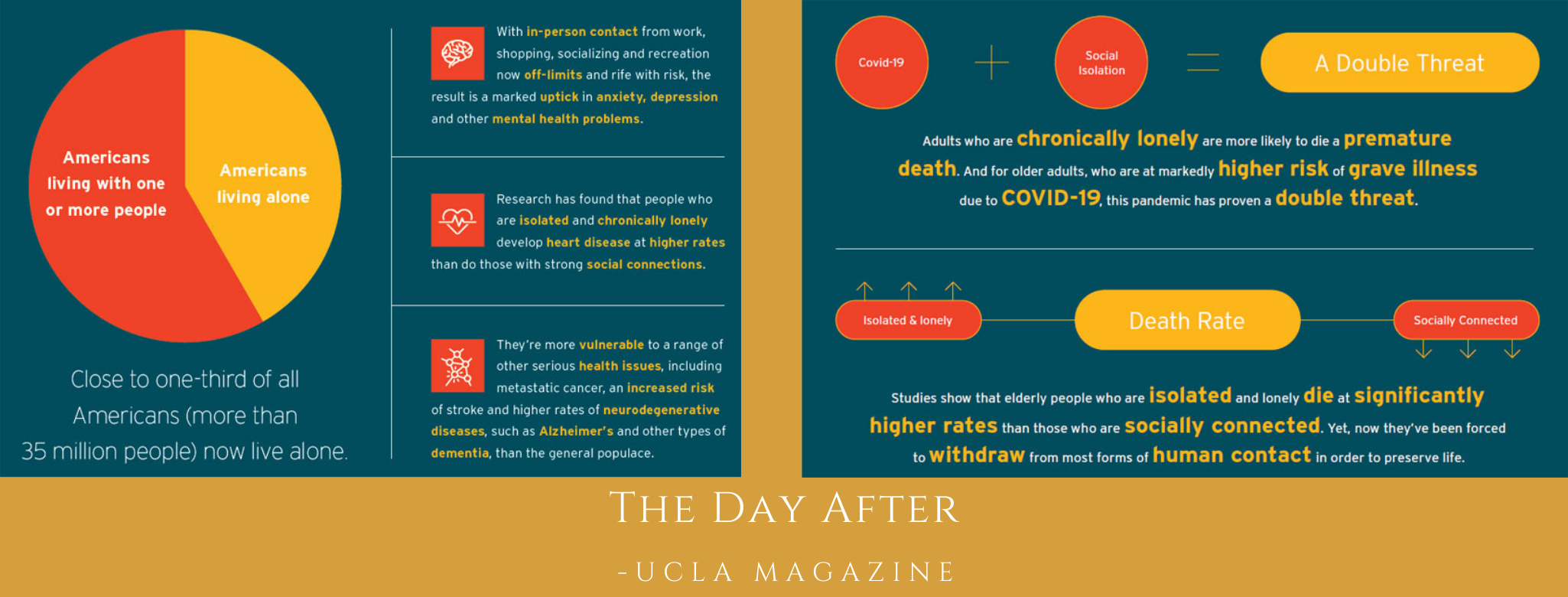
Nearly Thirty Three percent of Americans live alone. The result of not being able to socialize is affecting these people both physically and mentally. We are seeing higher rates of anxiety, depression and other mental health problems. Researches have found that isolation and that are chronically lonely have an increase chance of developing heart disease, metastatic cancer, increase risk of stroke and higher rates of neurodegenerative diseases, such as Alzheimer’s and other types of dementia, than the general populace.
“Adults who are chronically lonely are more likely to die a premature death. And for older adults, who are at markedly higher risk of grave illness due to COVID-19, this pandemic has proven to be a double threat. Studies show that elderly people who are isolated and lonely die at significantly higher rates than those who are socially connected. Yet, now they’ve been forced to withdraw from most forms of human contact in order to preserve life.”
Find the full article here: UCLA Health Magazine
Make a Difference for the Holidays
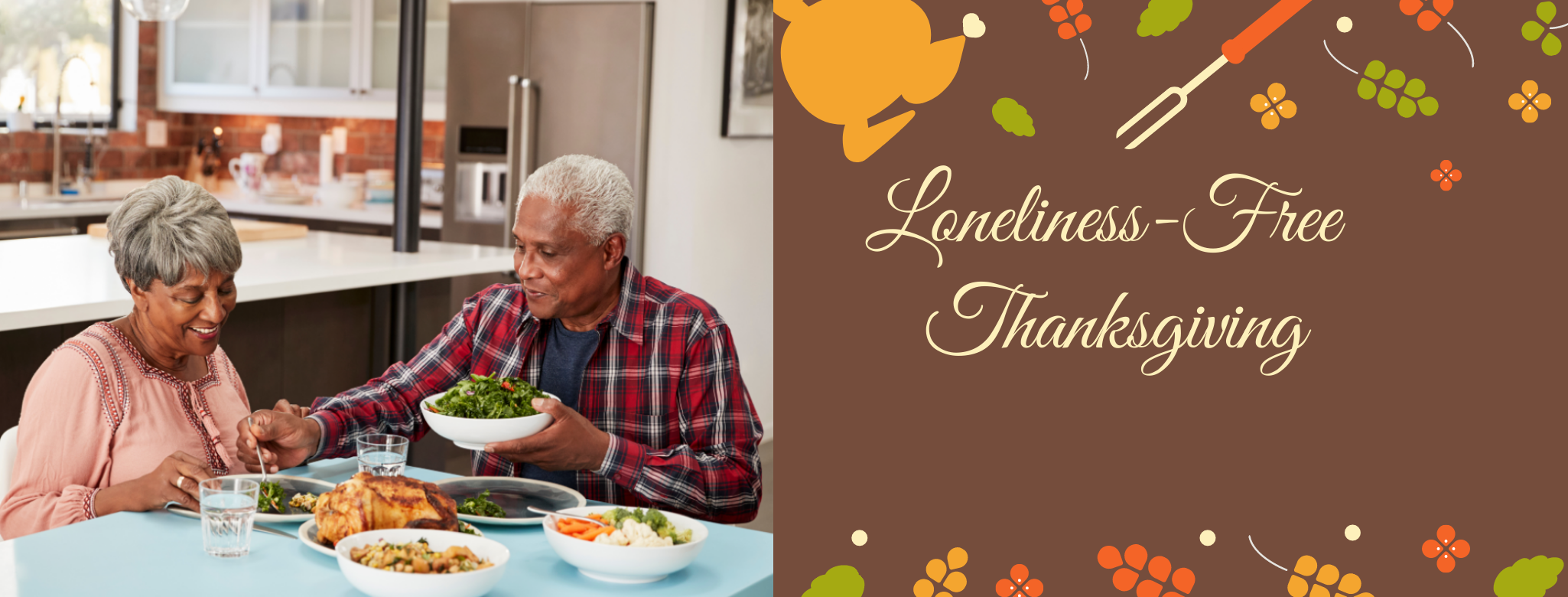
The holidays can be stressful and lonely in a normal year for many people. This year we have the added stress of dealing with a pandemic. The gatherings this year will be much smaller (if you have one at all). Remember those around you that might be feeling isolated and lonely. There are several ways you can help someone feel less lonely during the holidays. Remember to reach out to you family, neighbors and friends
If you are not having a gathering with people outside of your household you can:
- Reach out – A Simple phone call can go a long way.
- Host a virtual dinner – Prepare a traditional family recipe for relatives and neighbors, especially those at higher risk of severe illness from COVID-19, and delivering them in a way that doesn’t involve contact with others.
- Have a virtual movie night – Everyone can watch the same movie together from the comfort of their own home.
- Have a virtual game night – There are many games you can play with someone online.
- Go for a walk with them.
- Location of the gathering – Indoor gatherings generally pose more risk than outdoor gatherings. Indoor gatherings with poor ventilation pose more risk than those with good ventilation, such as those with open windows or doors.
- The duration of the gathering – Gatherings that last longer pose more risk than shorter gatherings.
- The number of people at the gathering – Gatherings with more people pose more risk than gatherings with fewer people. CDC does not have a limit or recommend a specific number of attendees for gatherings. The size of a holiday gathering should be determined based on the ability to reduce or limit contact between attendees, the risk of spread between attendees, and state, local, territorial, or tribal health and safety laws, rules, and regulations.
- The locations attendees are traveling from – Gatherings with attendees who are traveling from different places pose a higher risk than gatherings with attendees who live in the same area. Higher levels of COVID-19 cases and community spread in the gathering location, or where attendees are coming from, increase the risk of infection and spread among attendees.
- The behaviors of attendees prior to the gathering – Gatherings with attendees who are not adhering to social distancing (staying at least 6 feet apart), mask wearing, hand washing, and other prevention behaviors pose more risk than gatherings with attendees who are engaging in these preventative behaviors.
- The behaviors of attendees during the gathering – Gatherings with more preventive measures in place, such as mask wearing, social distancing, and hand washing, pose less risk than gatherings where fewer or no preventive measures are being implemented.

